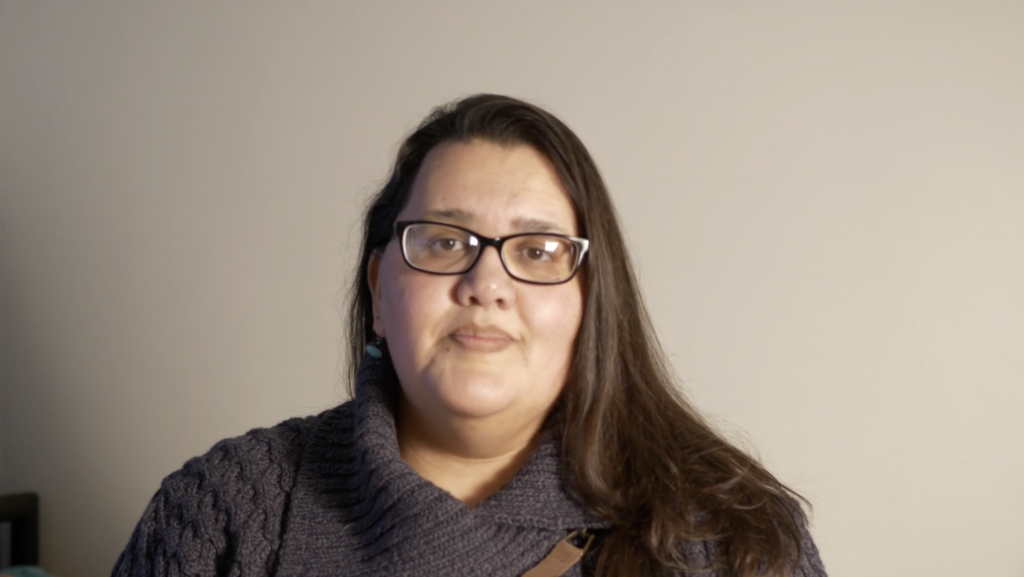2 Project Profiling
Visit Audio Recordings for the audio version of this section.
This chapter aligns with beginning sections of most of the chapters in the PMBOK, where attributes are identified in specific ways. It is therefore difficult to quantify a proportion of the CAPM questions that come from this knowledge area. The content connects to the Initiation and Planning category of the PMP questions.
A project profile attempts to provide a snapshot look at the project scope and requirements before work actually begins. A well-crafted project profile can help when designing the project execution plan at a later stage, as well as in determining the assignment of resources to the project.
A project profile usually contains some or all of the following:
- Projections on project size and cost
- Analysis of project complexity
- Analysis of required technology and resources
By the end of this chapter you should be equipped with the skills necessary to successfully gauge the difficulty of a potential project as well as to forecast the required resources and time necessary through project completion.
Designers Share Their Experiences
Dr. Rick Schwier – Emeritus Professor, Educational Technology and Design – University of Saskatchewan
In any project there are going to be external and internal constraints and opportunities that come up, and reading those is really important. But just acknowledging them on the front end is important with everybody who’s a player. Click here to access transcript.
Kristine Dreaver-Charles – Instructional Designer, Distance Education Unit – University of Saskatchewan
 So generally, you need to be able to do what you can with what you have. And you may have a really great idea and want to do something amazing. But it doesn’t always work out. Click here to access transcript.
So generally, you need to be able to do what you can with what you have. And you may have a really great idea and want to do something amazing. But it doesn’t always work out. Click here to access transcript.
Dr. Andy Gibbons – Instructional Psychology and Technology – BYU

- This project was to train helicopter pilots and sensor operators. The contract came to us as a signed contract with the Navy. It came with a certain number of resources promised to us. We had a lot of subject matter expert support on the project. On other projects that wasn’t the case, but on this one we really had plenty. The thing that was interesting is as we looked at the constraints on the project there was a constraint we didn’t notice that later turned out to be a big factor. Turns out that there…in the…we didn’t have a lot of access to people who were actually using it on a day-to-day basis…the training….would be using the training in daily operations. And so we….our subject matter experts were off in the west coast, and it turns out that the water is different on the west coast from on the east coast. And of course quality of the water, when you’re flying a helicopter and looking for submarines is a very important factor. We developed the course as if it was for the West coast. When the training was shipped to the East Coast, it was different. They couldn’t use it in the same way. Actually it took some revisions of the training to adjust for that problem. We didn’t know at the beginning that that was a resource problem. And so it came up and bit us later.
Heather Bryce – Independent Studies – BYU

- At the beginning of Art 45, we met to discuss the major requirements which would be editing, how long the course is, how well written the course was–that will determine our editing time, video requirements, flash requirements and art requirements. Obviously, Art 45 is an art class, drawing actually.
Dr. Larry Seawright – Center for Teaching and Learning – BYU

- The BYU Learning Suite is a learning management system that’s going to replace the current system at the University. As such we have lots of stakeholders, so we had to do a lot of profiling. We had to check with all of the stakeholders, faculty members, students, the University administration, and find out what all the various constituents needs were, and factor those in as we decided the scope of the project. How much could we do? How little could we do? We took a look at the existing product and the primary utilization of it. And decided that their mostly using this much, so this is how much we are going to start with. And then we verified that with all of the different stakeholders.

